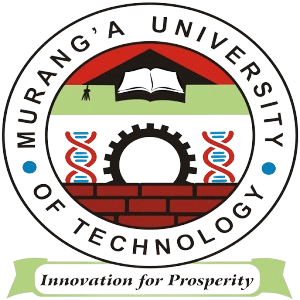Murang’a University of Technology (MUT) was established in September 2011 via Murang’a University College order legal notice No. 129 of September 2011 as a constituent College of Jomo Kenyatta University of Agficulture and Technology. MUT is the successor of Murang’a College of Technology. The University currently operates under the provision of
the Universities Act 2012 CAP 210 B of the laws of Kenya. On 7 October 2016, Murang’a University of Technology was fledged as a fully chartered University in Kenya.
The University mandate is to contribute to the Kenya’s Development Agenda Vision 2030, “The Big Four Agenda” and the Global Sustainable Development Goals (SDGs) which are anchored on three key pillars: Economic, Social and Political. To achieve this, MUT has to invest in development of new knowledge, inventions and innovations through collaborative research.
Therefore, the Vice-Chancellor has set funds to encourage research and innovation culture at MUT through the Vice-Chancellor’s Research Grant. The grant has been tailored to target researchers within the University who would be mentored by the senior researchers and professors.
The Research Grant is to enhance research culture in the University, nurture young researchers who will be mentored by senior Professors/researchers, encourage multi- disciplinary research across all schools, increase number of proposal application for external funding and dissemination of research findings.

